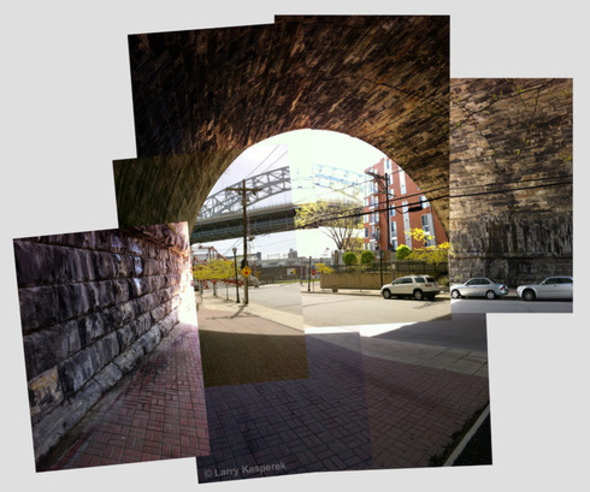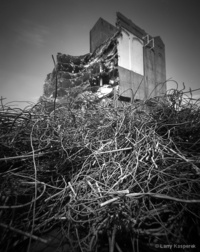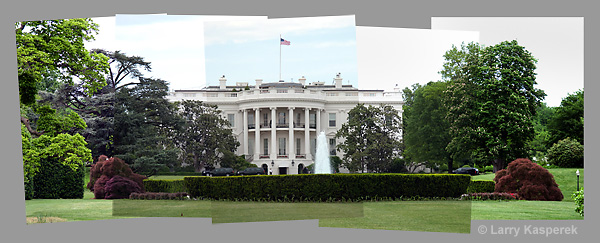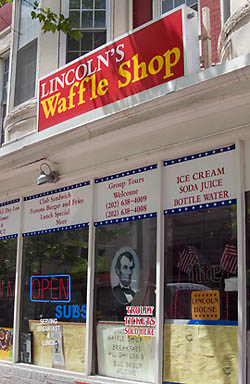When I head to the D.C. area, I’m fortunate to have an excellent place to stay, at a friend’s seasonal home located on the ridge just east of the battlefield of Antietam.
Antietam is my favorite Civil War battlefield and I have visited it many times. I’ve also been to most other major battlefields. By far, in the Eastern Theater, Antietam stands alone as the most pristine park, with little or no commercialism encroaching on its borders. A tip of the hat to the National Park Service and for their effort to return the battlefield to it’s original 1862 condition, including replanting entire groves of woods and orchards.
In juxtaposition is Gettysburg, just 35 miles or so northeast of Antietam (as the crow flies). Over the years the city just kept creeping southward, comprised mostly of tourist traps. But again, thanks to the efforts of the NPS, they have made strides in restoring what they can.
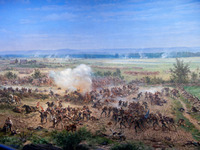 The new visitor’s center, opened in 2008, is a true state-of-the-art museum/theater/educational center. The centerpiece is the restored Cyclorama painting, finished in 1884 by French artist Paul Philippoteaux, depicting “Pickett’s Charge.” Four versions were painted, but only two currently exist, one in private hands. This painting’s original home was Boston, and it was exhibited in its own building. It moved to Gettysburg in 1912 and then to a new location in 1961 (where I first saw it in 1962). The painting measures 42 feet high by 359 long and is intended to be presented in a circle. It underwent restoration from 2005 to 2008 before it moved into its new home.
The new visitor’s center, opened in 2008, is a true state-of-the-art museum/theater/educational center. The centerpiece is the restored Cyclorama painting, finished in 1884 by French artist Paul Philippoteaux, depicting “Pickett’s Charge.” Four versions were painted, but only two currently exist, one in private hands. This painting’s original home was Boston, and it was exhibited in its own building. It moved to Gettysburg in 1912 and then to a new location in 1961 (where I first saw it in 1962). The painting measures 42 feet high by 359 long and is intended to be presented in a circle. It underwent restoration from 2005 to 2008 before it moved into its new home.
Visitors stand on a raised platform and watch as a soundtrack describes the scene. Dramatic lighting and sound effects highlight different parts of the image. At the bottom is a diorama that perfectly blends into the painting. It is breathtaking. My only complaint is that visitors don’t get a lot of time to just walk around, in full light, to view the image.
So, if you get the chance to visit, don’t miss it. Also, take in the slide show put together by the Center for Civil War Photography. It’s located near the museum store. A bin below the wide-screen TV contains 3D glasses to put on so you can view how most of the images made during the conflict were intended to be seen.
 My son and I spent about two hours in the center, and then made a quick tour of the field. Here is the only pinhole photo I made on my trip. It is a view of the “Slaughter Pen,” looking west from Little Round Top.
My son and I spent about two hours in the center, and then made a quick tour of the field. Here is the only pinhole photo I made on my trip. It is a view of the “Slaughter Pen,” looking west from Little Round Top.
(Click on images to view larger versions)
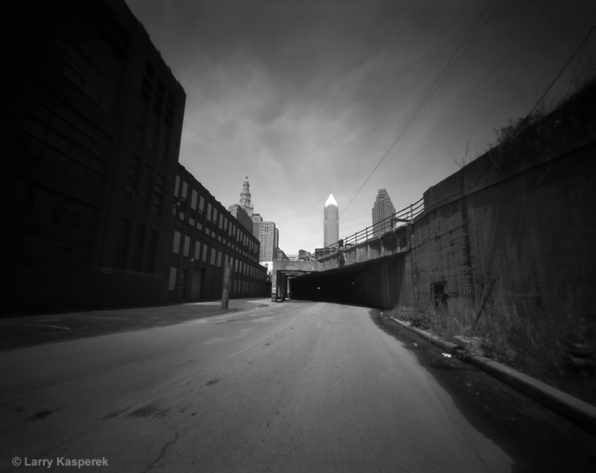 The film is back. After a 10-month hiatus from by pinhole camera, I finally had a look at what I photographed on April 29, the annual Worldwide Pinhole Photography Day.
The film is back. After a 10-month hiatus from by pinhole camera, I finally had a look at what I photographed on April 29, the annual Worldwide Pinhole Photography Day.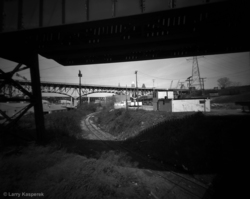 The alternative image, at left (click to view larger) is full of tension, full of crossing lines and angles with a curve thrown in. The skyline is barely visible. It shows at least three bridges, a trademark of the Flats. It's gritty, but to me it's more Cleveland.
The alternative image, at left (click to view larger) is full of tension, full of crossing lines and angles with a curve thrown in. The skyline is barely visible. It shows at least three bridges, a trademark of the Flats. It's gritty, but to me it's more Cleveland.